After the entire US East Coast was hit with winter storms, then rain storms, I think it’s time for a nice reset with some more pennies. I did another three rolls of pennies tonight, and found some pretty exciting coins!
The first roll gave me a 1960 penny in great shape, albeit with a little discoloration. At any rate, it was better than my other 1960s, so I counted this one as an upgrade:
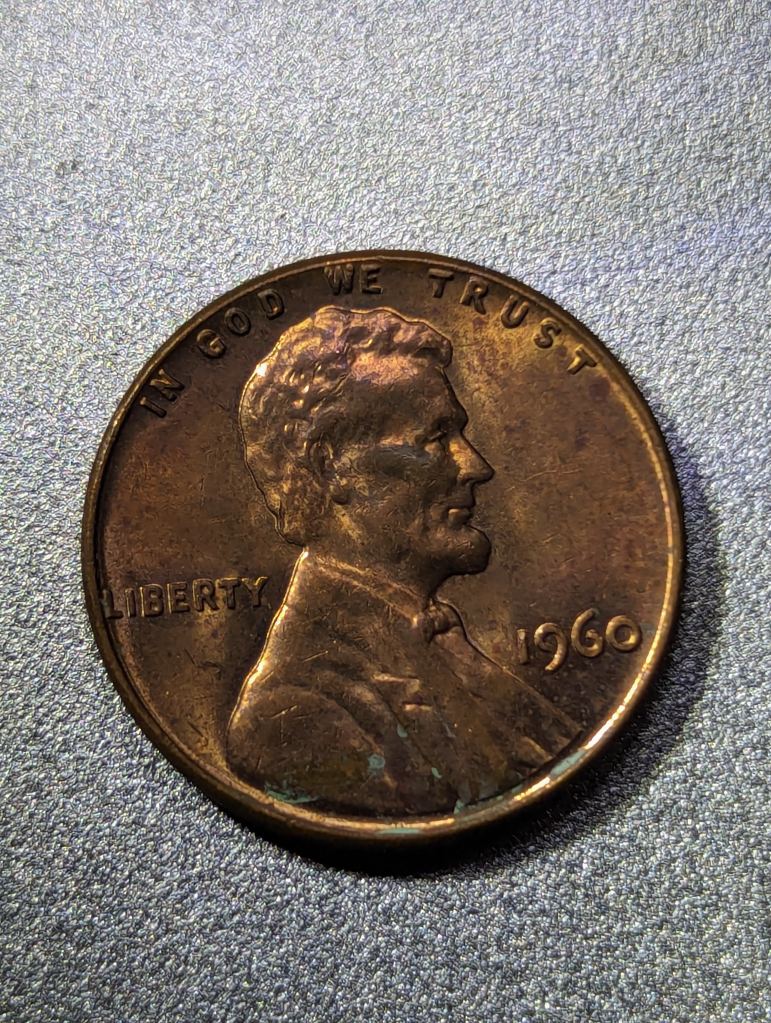
I still absolutely love the heavy strike on those pennies from the 60s. There is some slight discoloration on the face and the suit, but outside of that, the coin was in pretty great shape.
The second from this roll was a 1981-D penny with a really neat patina coloration on it:
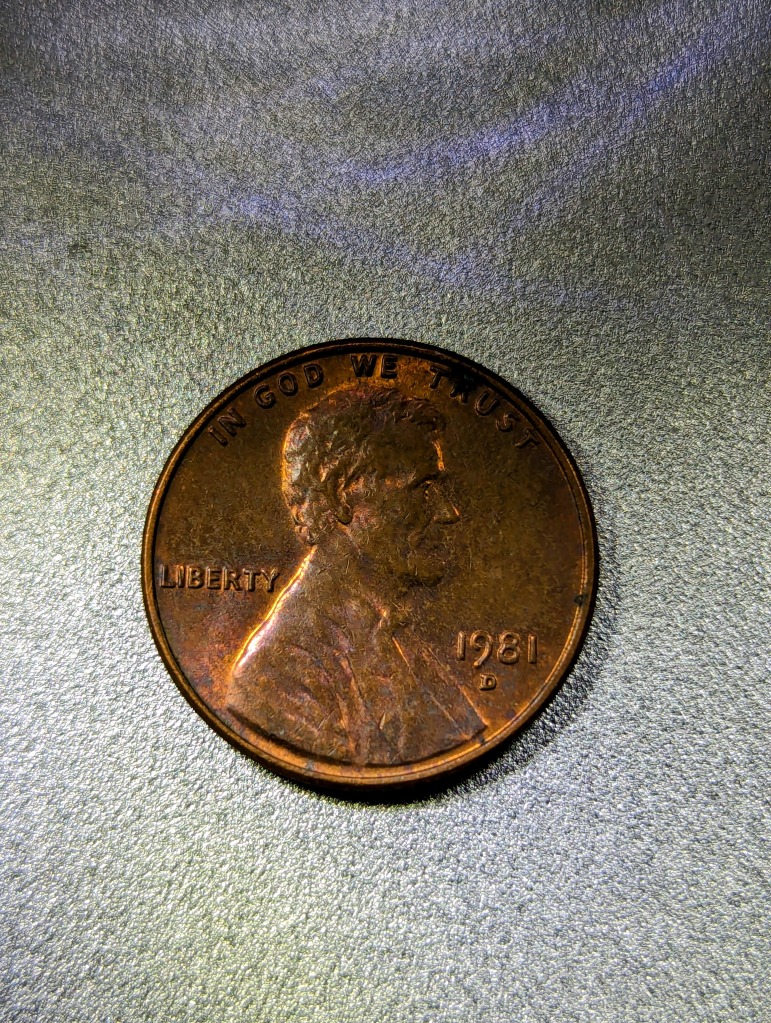
I realize that this isn’t fully evident in the photo, but in certain lighting, you can see a slight bluish/purplish patina on this one that I really liked.
Color variations in pennies can provide valuable insight into their grades and overall condition. The most common ones are:
- Red/Brown (RB): This coloration is often seen in pennies that have a mix of red and brown tones. It is typically associated with circulated coins that show some wear.
- Red (RD): A vibrant red color is often indicative of uncirculated or minimally circulated pennies. These coins have retained their original copper-red luster without significant wear.
- Brown (BN): Pennies with a brown coloration generally indicate a higher degree of wear and oxidation. This color is more common in heavily circulated coins.
- Purple/Green Patina: As pennies age, they can develop a patina that ranges from purple to green. This patina is caused by the surface oxidation of the copper and can add unique character to the coins.
Color alone is not a definitive indicator of a penny’s grade, but it can certainly offer valuable clues when assessing their condition. I personally love a good red or patina, but collectors will generally have their own preferences in color.
The next one was a great new album filler – it didn’t replace an existing coin, but it was the first in my collection for this year/mint. I found a 1971-S, and wow, I get excited whenever I see an S penny pop up.
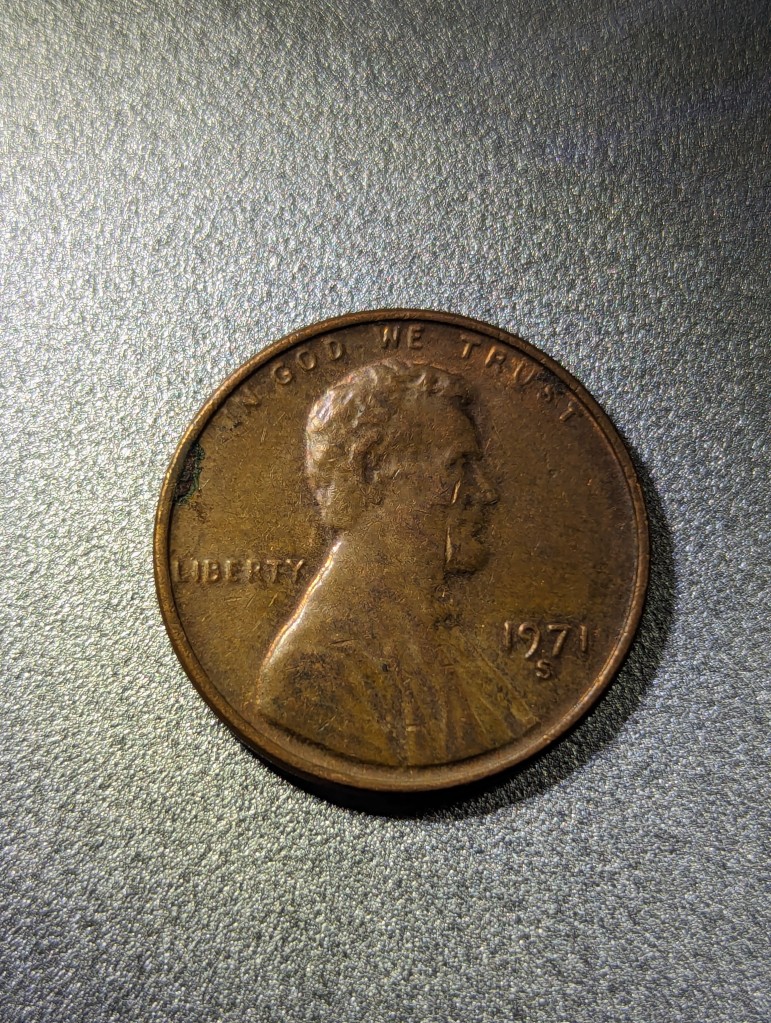
S Mint (San Francisco Mint) pennies are considered rare because the San Francisco Mint primarily produces proof coinage for collectors rather than circulating coins for general use. As a result, S Mint pennies have lower mintages compared to those from the main coinage facility in Philadelphia, making them relatively scarce in circulation. Additionally, the production of S Mint pennies for circulation was intermittent, further contributing to their rarity and appeal among collectors.
With that being said, business strike/circulating pennies were made at the San Francisco Mint until 1974, so this one is not a proof. Either way, I’m happy to fill an empty slot in my album!
The last, and possibly my favorite penny of the day, actually comes from 1995! I looked at this one from every possible angle, and with different lighting, and I’m fairly confident in saying this one has a massive die crack error on the Reverse:
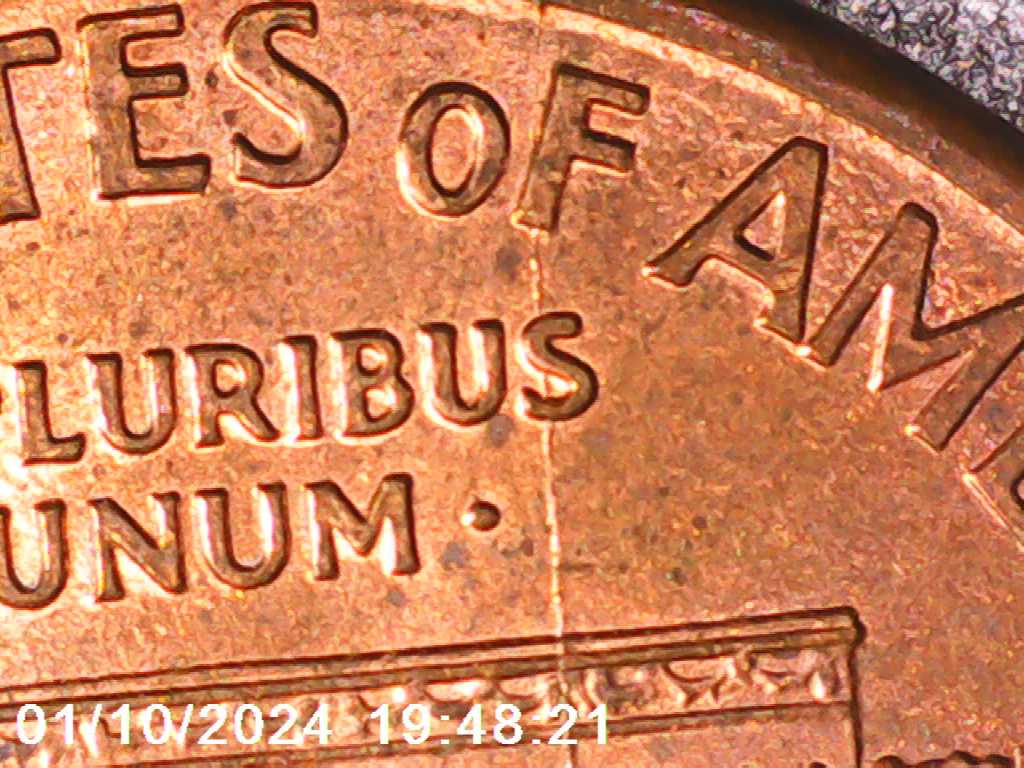
Die crack errors in pennies occur when a physical crack forms on the die, the device that imprints the design onto the coin, leading to a corresponding raised line on the struck coin.
I should also note, that since that photo was taken, I’ve finally figured out how to remove the timestamp from my microscope’s photos, so those images should be a little cleaner moving forward.
That’s it for today! I should be going through a few more rolls before the weekend, so I’ll be sure to post here with any interesting updates. I’ll end this post with this hunt’s charts:
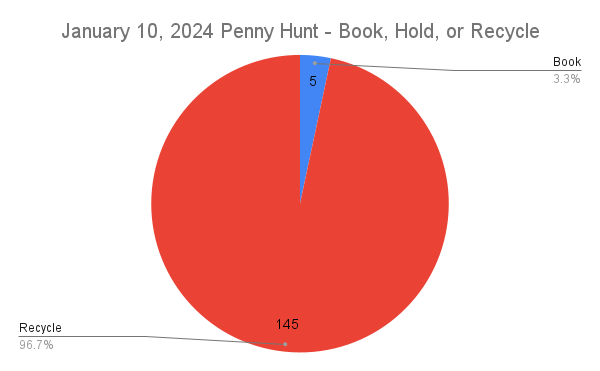
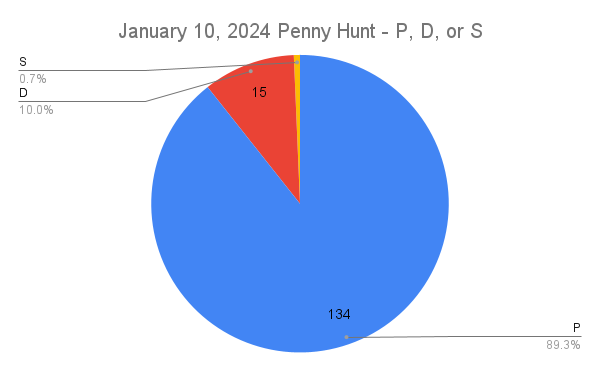
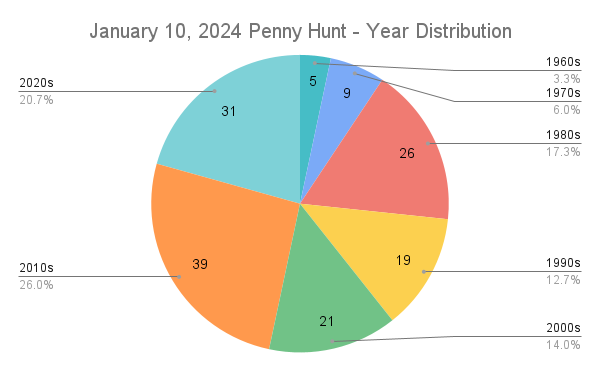
And lastly, an update! Happy birthday to Matt Mullenweg! He is the CEO of WordPress.com, and his 40th birthday wish was for people to blog. Coincidentally enough, here I am! I’m hoping to stick around for many more posts.
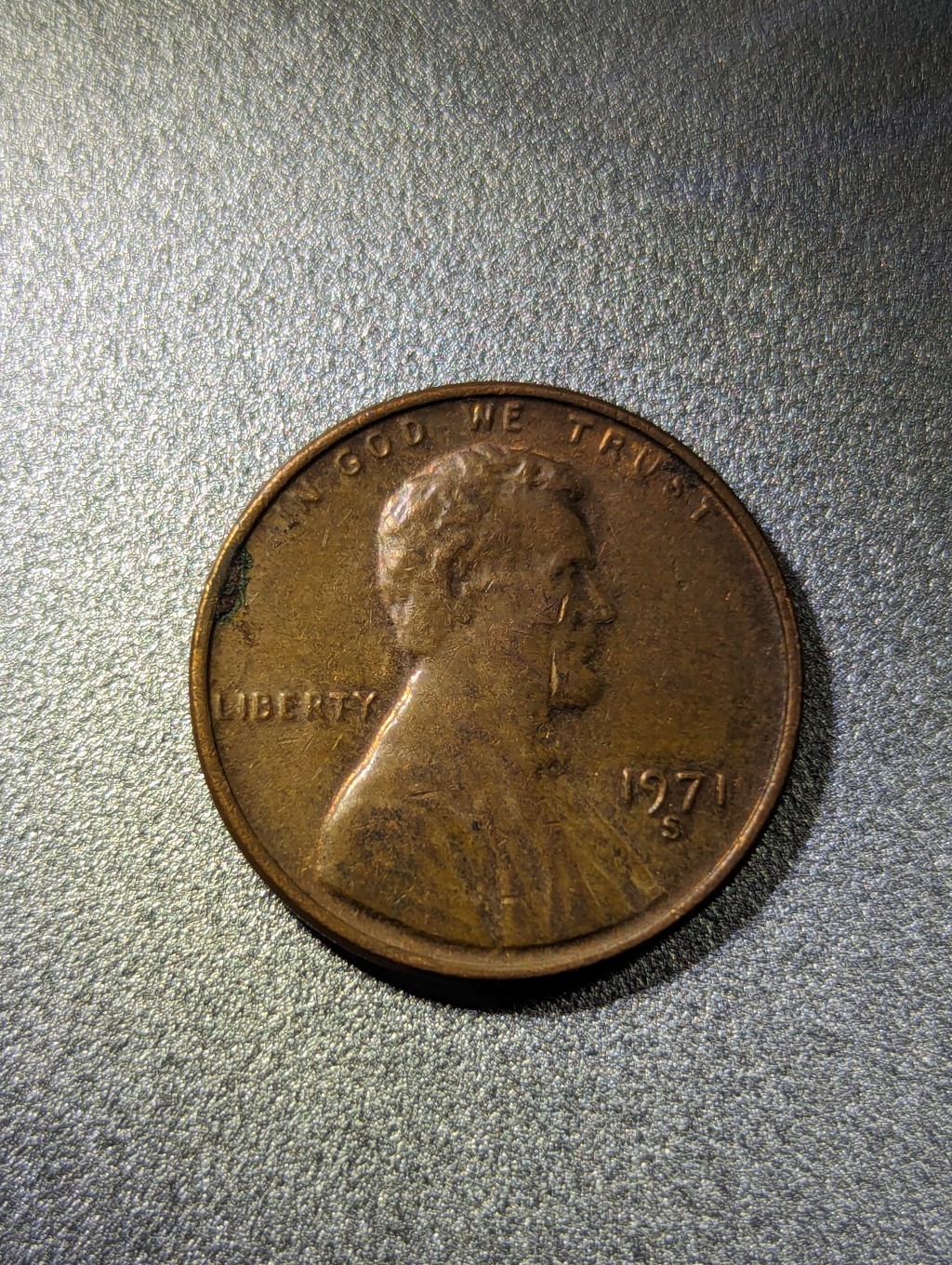

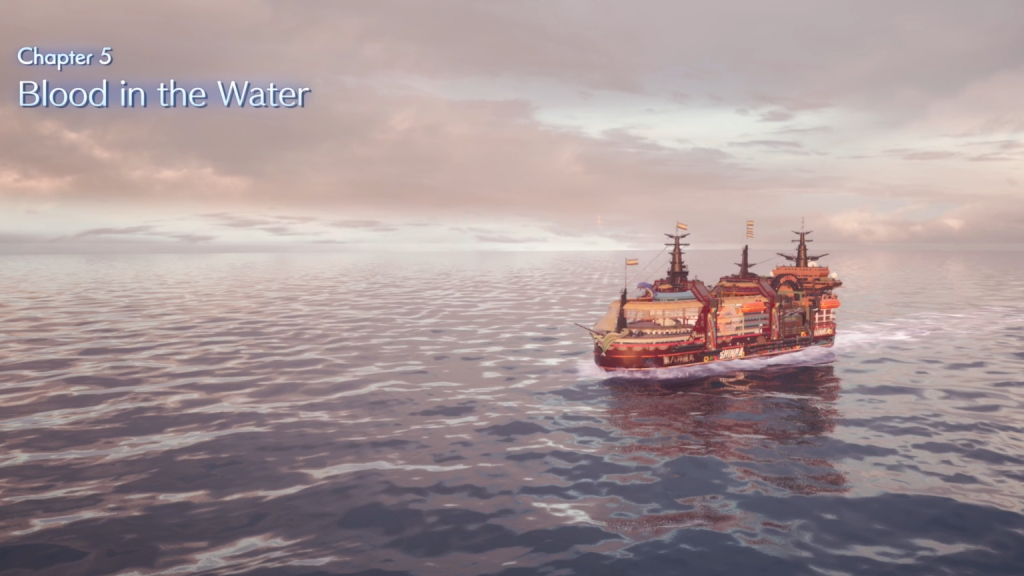





Leave a comment